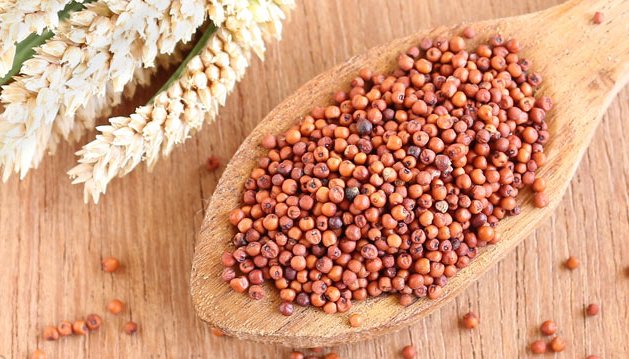New Delhi: Ragi is a favourable fibre-rich Indian food, that serves as an alternative to other routine cereal and grain crops in the Indian diet regime such as rice, wheat or barley. Being densely packed with a host of nutrients, ragi confers valuable health benefits such as enhancing digestion, reducing the risk of heart disease, slowing down ageing, and managing diabetes.
Holistic Breakfast Food
Ragi comprises a vast array of key nutrients like vitamin C, vitamin E, B-complex vitamins, iron, calcium, antioxidants, proteins, fibers, sufficient calories and useful unsaturated fats. Following a deep sleep at night, the stomach and intestines display peak levels of metabolism in the morning. Hence, having ragi-based foods like ragi upma or ragi parathas for breakfast activates the digestive juices and ensures complete assimilation of nutrients found in ragi, which are absorbed into the bloodstream and transferred to vital organs in the body namely the heart, brain, lungs, liver and kidneys.
Supplies Essential Amino Acids
Ragi is composed of certain key amino acids, making it a unique plant-based source of high-quality proteins. It offers methionine, a sulphur-based amino acid to revive skin and hair health, valine and isoleucine which repair injured muscle tissues and threonine, to enable the proper formation of teeth and enamel and protect the mouth from gum disease.
Supports A Gluten-Free Diet
A significant number of young adults and older people tend to develop intolerance towards the gluten proteins in cereals like wheat, which, unfortunately, is a regular ingredient in Indian dishes. Ragi, being organically gluten-free, can easily be substituted for wheat, to prepare chapatis, dosas and sweets or mithais, and is often recommended for patients with celiac disease.
It is important to keep in mind though, that the best time to consume ragi is in the morning, for being fiber-rich, its digestive process is more elaborate and it is usually not okay to eat ragi at night, especially for those with digestive problems and gluten allergies.
Fortifies Bone Density
Finger millet, being a fantastic source of natural calcium, strengthens bones in growing children. It also restores optimum bone density in older people, assisting in alleviating osteoporosis symptoms. While younger people can consume ragi daily, middle-aged and older adults need to eat measured servings of ragi, to augment bone health, while steering clear of gastrointestinal and kidney disorders.
Keeps Blood Sugar Levels In Check
Finger millet, although being high in calories and carbohydrates for instant energy, also comprises a plethora of phytates, tannins, polyphenols – plant chemicals that slow down the digestion process. This lowers high blood sugar in those with diabetes mellitus, making ragi a valuable addition to a diet for diabetes. Also, owing to its low digestibility and rich fiber content, ragi is the top food of choice for adults, for accelerating weight loss and managing other lifestyle diseases like diabetes and obesity.







